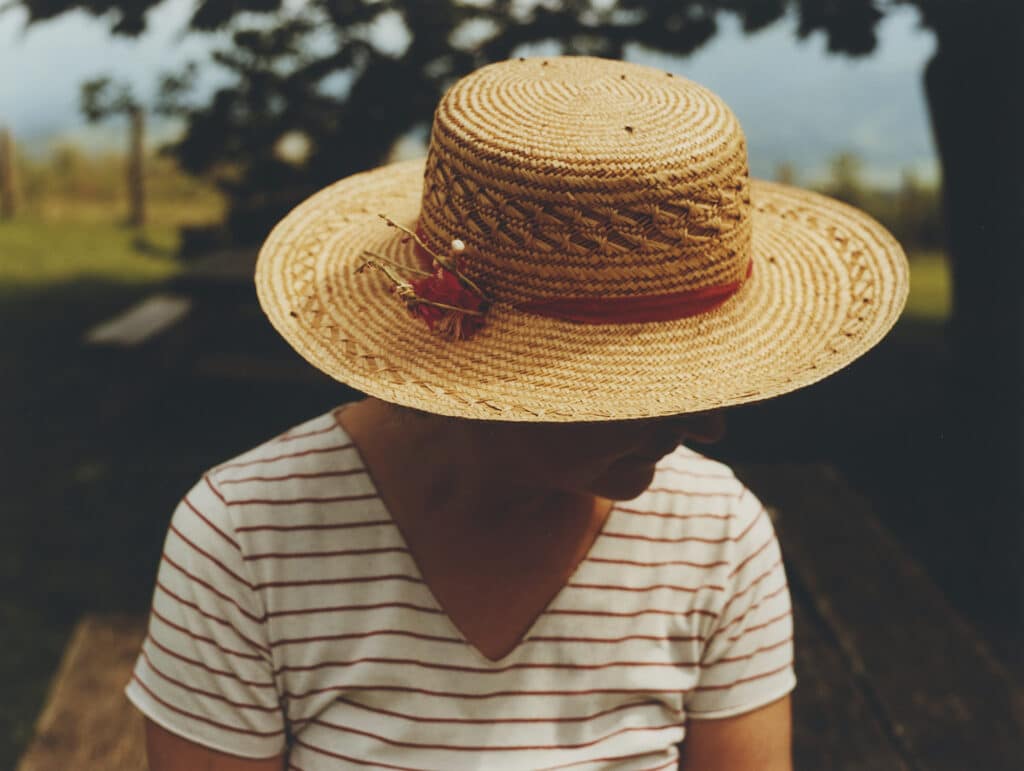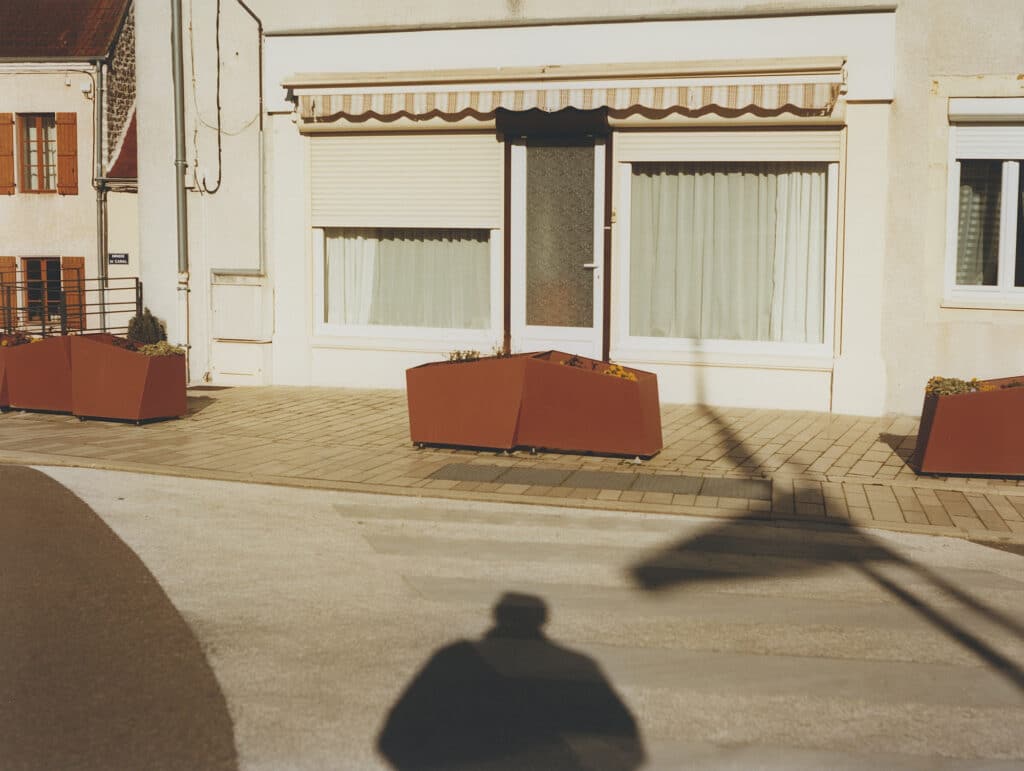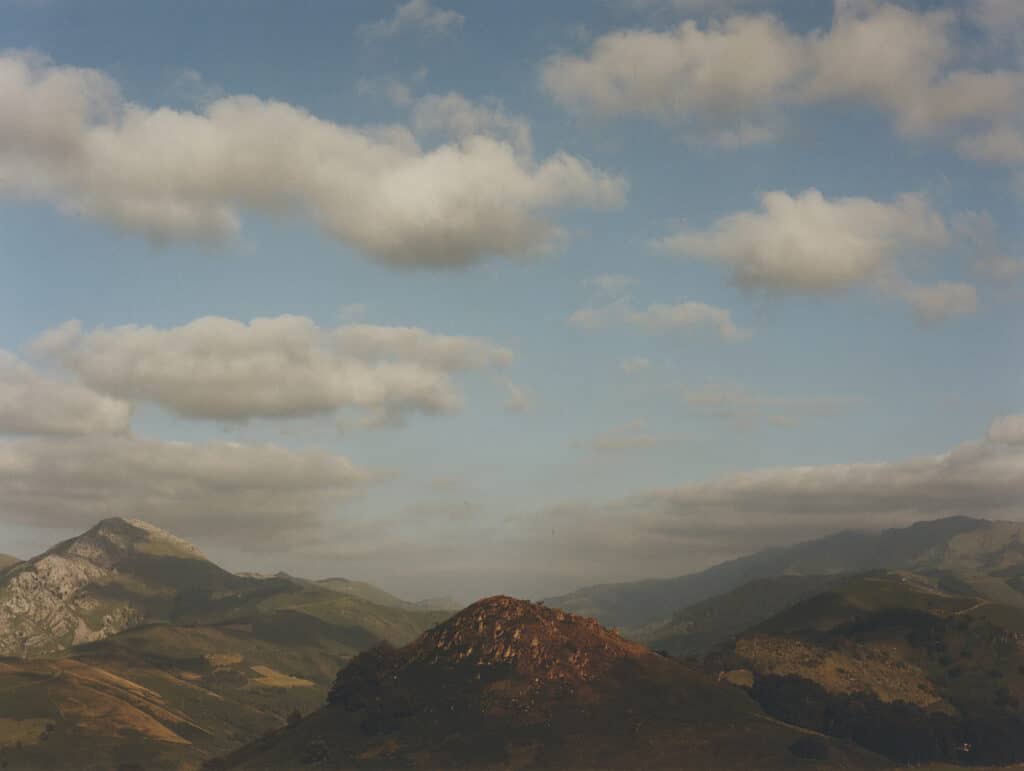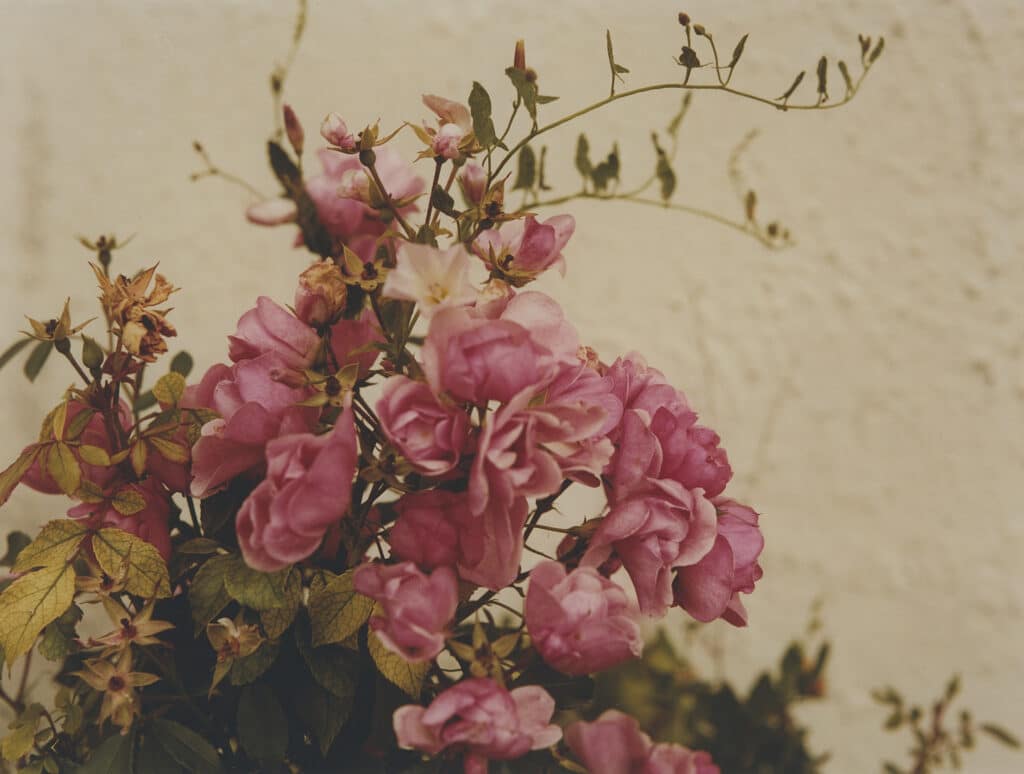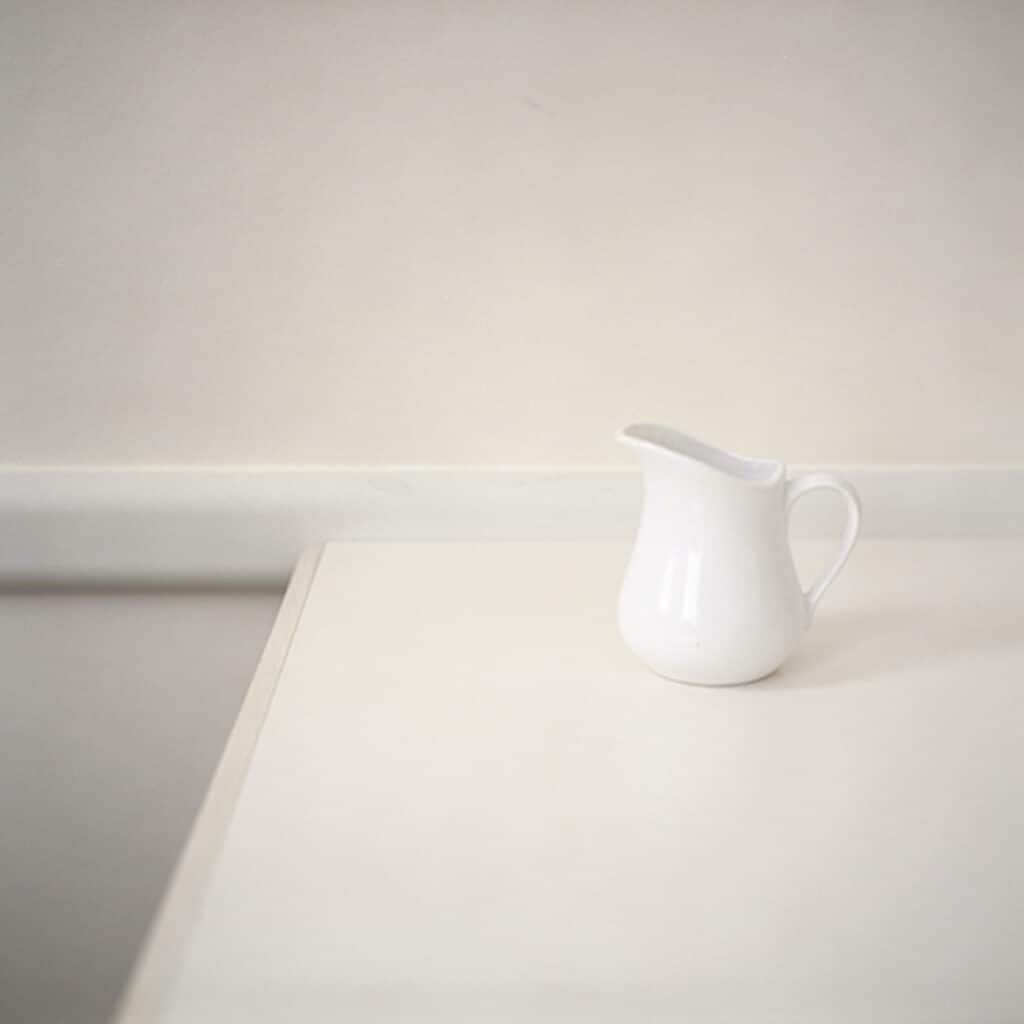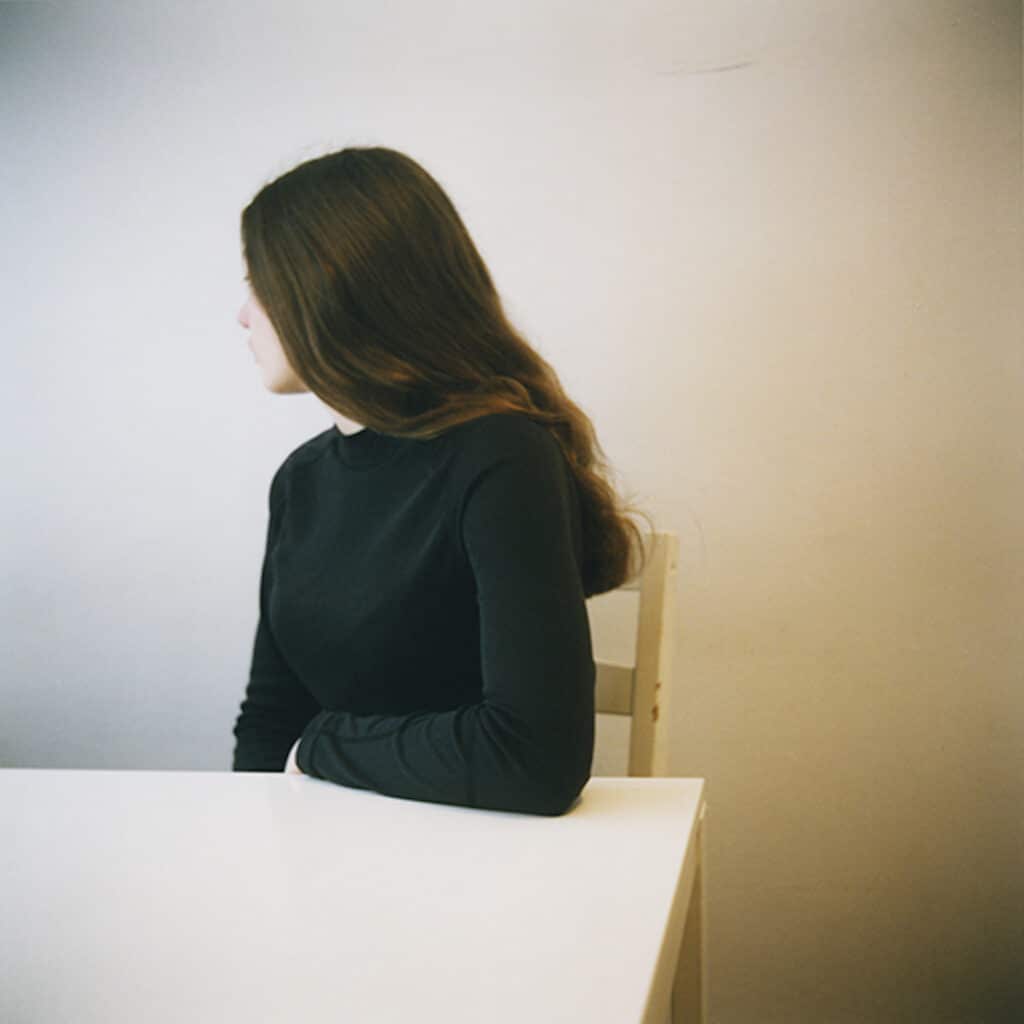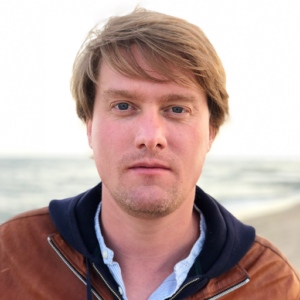Exhibited at the Camera Obscura gallery in Paris in late 2022, the photographs by Patrick Taberna, a member of the VU’ agency, are also published in book form by Contrejour.
These images first played a part in Patrick’s love for Sylvie, as the photographer and his companion posed in front of the camera on their trips, including to the shores of the North Sea, to Italy, to Greece.
Taberna explains that these trips were inspired by other loves, both literary and photographic: Nicolas Bouvier, Bernard Plossu, Robert Frank… Over time, Taberna’s children, Clément and Héloïse, started to appear in the photographs alongside their parents, and a simple, yet beautiful, family story began to take shape.
The story is like that of any other family: time passes, people grow up and grow old, and one moment of tenderness poetically flows into another.
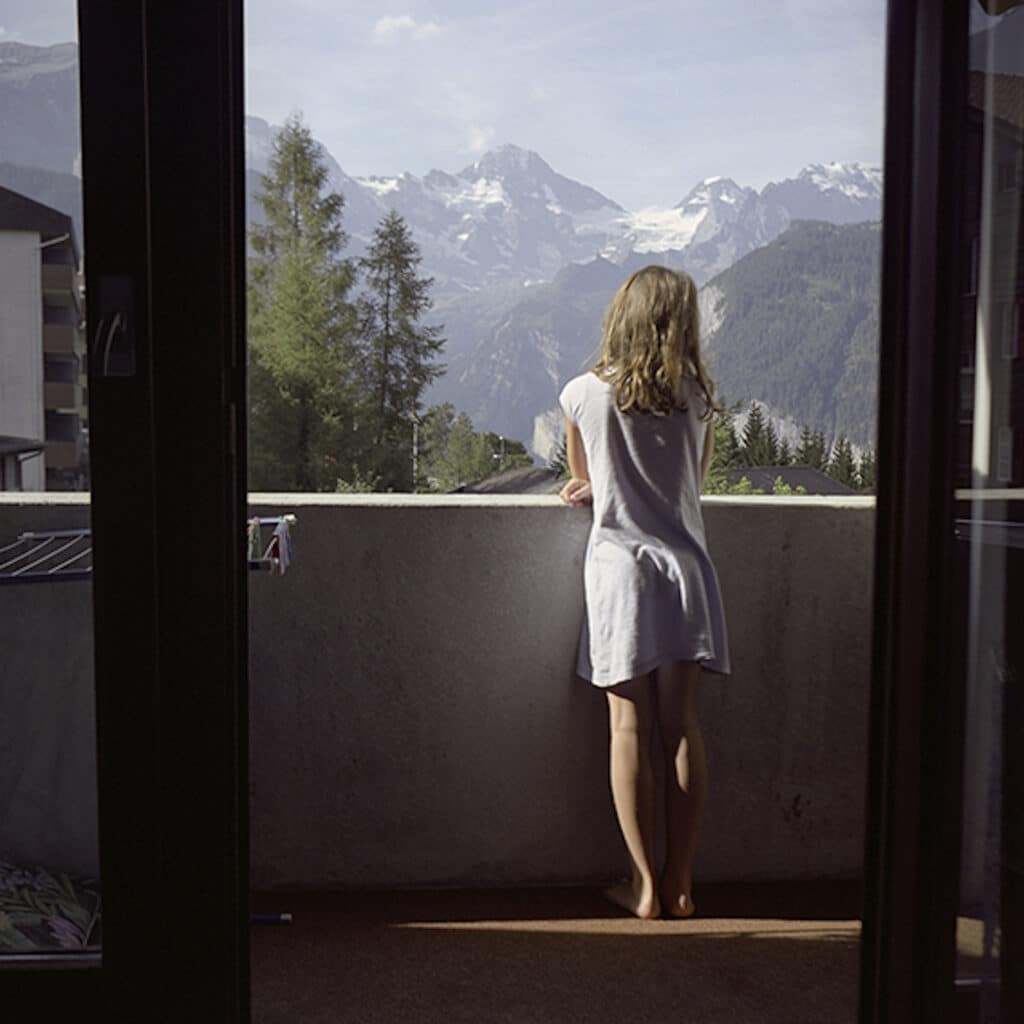
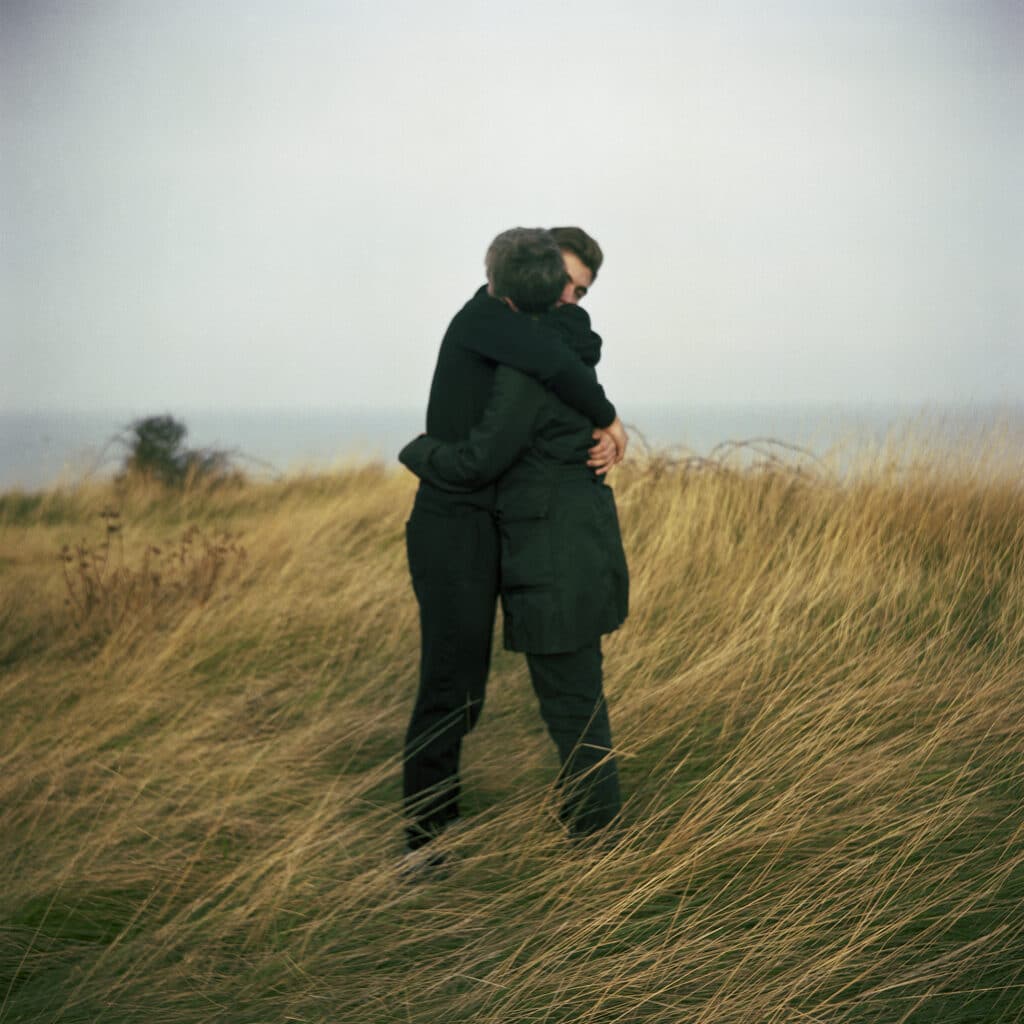
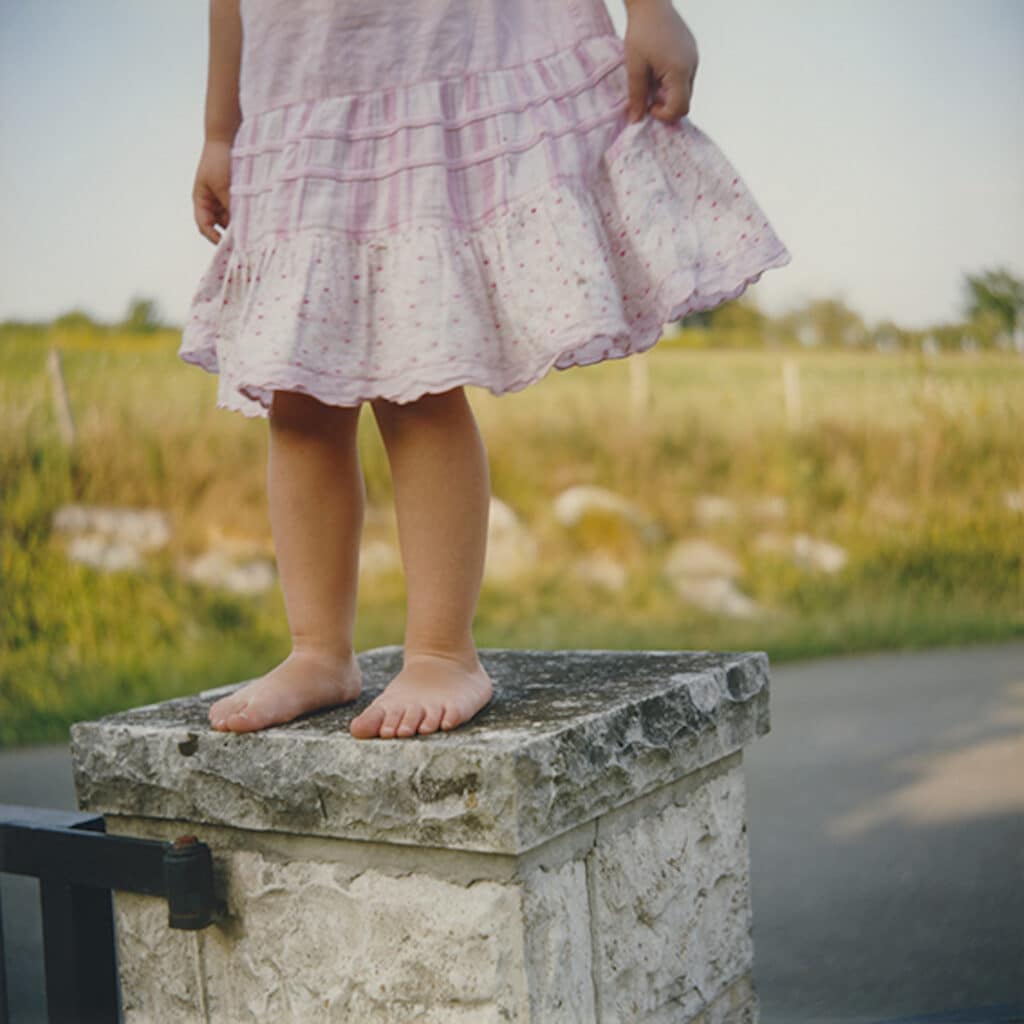
Tell us a little about the plot of this book
The book is composed of four parts, four developments, each dedicated to a member of my family: my son Clément, my daughter Héloïse, my wife Sylvie, and myself. Each chapter opens with a small image that ushers a series of photographs evoking the person like a Chinese portrait.
Are all these images vacation photos?
They are rather photos taken on vacation: moments in my life when I was entirely available to photography and new landscapes opened up before me. As a result, my eye was alert.
There is a lot of gentleness in these photographs. Is this a glimpse into your life?
My loved ones are my safe haven: hence the gentleness, the sense of comfort, of plenitude that often emanates from my photos. And then, even if I am aware of the fragility of life, I want to celebrate the beauty that is found in the minutiae of everyday life… I try to hold on to the optimist in me as much as I can, even if everything drives us to live in fear of the other, of the future. Lastly, this is a form of resistance against the prevailing unease.
In many photos, we see the subjects from behind or only partially. Was this deliberate?
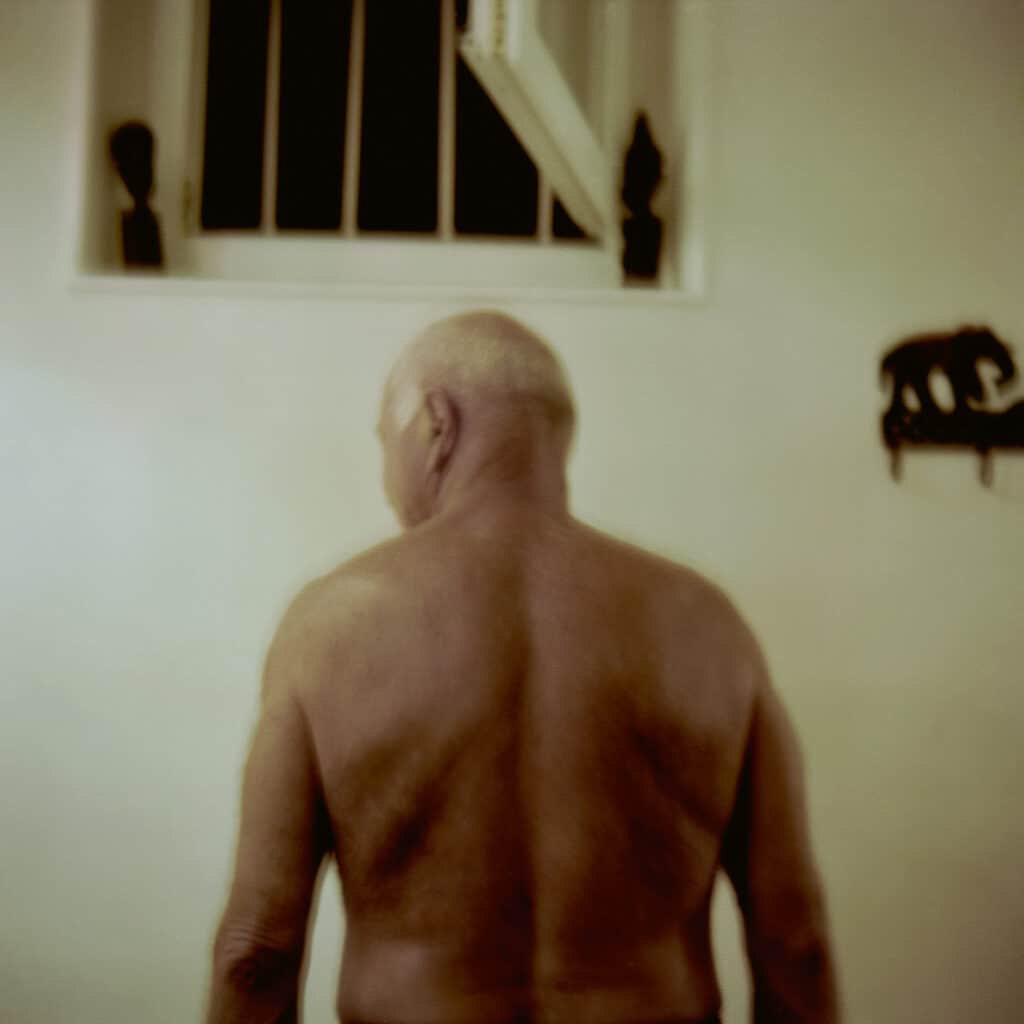
Portraying people from behind is a way of preserving the mystery. Those who look at them can see put themselves in their shoes, project their own story. What I like about photography is that the gaze can go far beyond the image before you.
I think my photos are like seeds that I scatter, and that will blossom in people’s imaginations. I belong to the line of photographers who suggest more than they show (Bernard Plossu, Yamamoto Masao, Raymond Meeks …).
Are your images more about you or your loved ones?
A bit of both. Of course, it’s my loved ones who appear in the pictures, but I also put my states of mind, my feelings into the photos. As I said before, I would like my images to speak to anyone who is looking at them.
In his introduction to the book, Didier Brousse, director of the Camera Obscura gallery, talks about the Lubitel: Is this the camera you used for all the images?
The Lubitel and I, that’s a long love story. This camera is what is most rudimentary and essential in photography: a diaphragm, speed, focus, and framing; it’s very light, so I can snap photos on the go, with a flick of my finger.
It allows me to keep photographing my loved ones without it taking too much of a toll on my family life. In recent years, I cheated on my Lubitel a few times with some handsome Rolleiflexes, but, in the end, I feel more in sync with my old Lubitel.
What was your experience producing the book with Contrejour Editions?
I’ve had a very good experience: in December 2021, I met with Isabelle and Claude Nori under the Biarritz sun. Then, the following winter and spring, letters, drafts, and sample layouts were passed back and forth between Biarritz, Ardèche (Didier Brousse), and Paris (myself). The publication brought me together with Albin de la Simone. A beautiful book was released in November 2022. What more could I ask for?
What do people say about your images?
The exhibition at the Camera Obscura gallery (on view until December 24, 2022) brought very positive feedback. People would tell me these images made them feel good. That’s a lot; I think it makes it worth it to keep going.
Do you earn your living from photography?
I don’t, making a living from these images is tough. The sales of prints barely allow me to cover some new prints and carry on the work. And, again, it depends on the year. I make ends meet with my work in IT, which pays for my passion and gives me free rein in my life with photography.
Patrick Taberna, Nos vies partagées, Éditions Contrejour, €35.
Patrick Taberna is represented by the Camera Obscura Gallery, in Paris, which exhibited the photographs through December 24, 2022.

